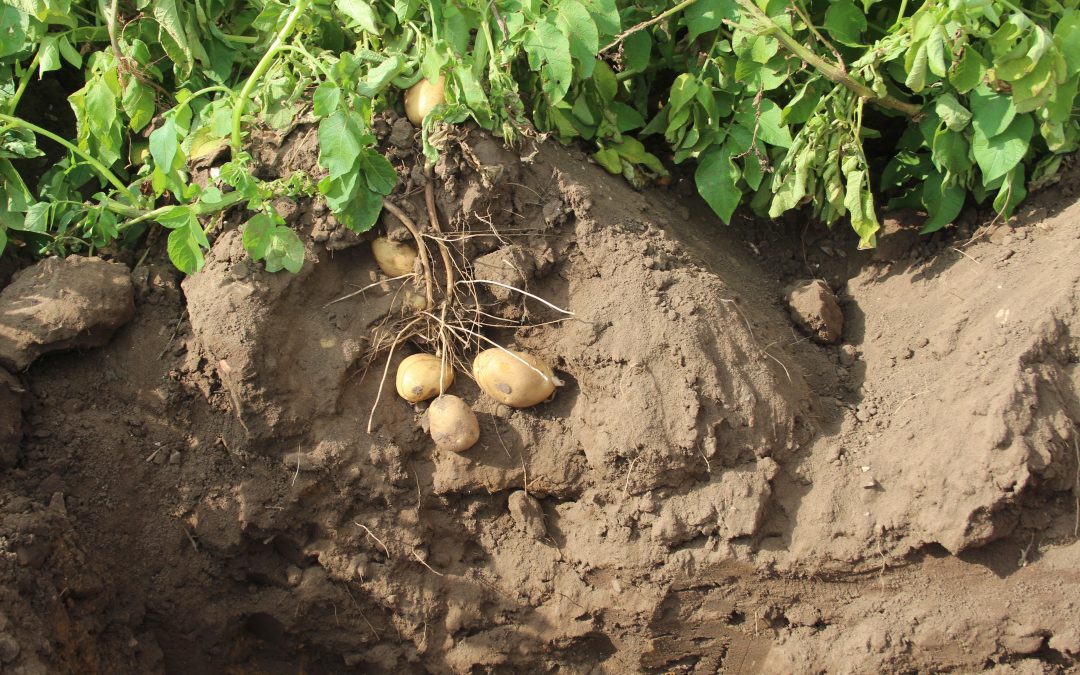It’s not often that UK farmers follow their European counterparts, but are they likely to go for winter oilseeds and cereals over potatoes for the 2023 harvest? During 2022 season the Europe potato hectarage of 102.5 million tonnes (while still being the second largest producing area) was 3.8% less than the 2021 season. What planting choice will farmers make in the 2023?
From the straw poll of the market SWOT that Simon Fox of Emerald Research Ltd (ERL) has conducted, there are many UK potato growers who are carefully weighing up their planting options for the autumn and early spring 2023.
Could the factors coming to the fore in the coming months lead us to a potato Armageddon, a shortage of frozen chips, a burger but no fries, fish minus the chips and only one choice of potato with the turkey in December 2023?
Global Food Market
The European grain market has been reasonably stable for many years, but around 30% of its wheat supply is inaccessible due to the Russia/ Ukraine conflict. Ukraine has been unable to export and Russian stocks are off limits due to sanctions. European farmers have seen strong increases in the price of grain, during which time contract potato prices have reduced in real terms due to the soaring cost of production.
Contract prices
With inflation topping 11%, there is no doubt that all areas of the economy will be affected. Agricultural input prices have already seen dramatic increases in 2021/2022, any reductions could be slight and short lived in coming season.
The first rule of sustainability is to be financially sustainable, otherwise you are not able to improve the environment, communities, or lives of your stakeholders. From comments received from farmers, we are hearing that contact prices, especially those from the crisping and processing sectors, are not reflecting the current level of input prices, making growing potatoes on contact financially unviable and leading growers to ask ‘why would we grow at a loss?’ (Especially when cereals and oilseeds are in demand).
This is not a new situation, the Dutch potato area declined by 6% in spring 2021, due to growers’ reaction to earning too little to cover production costs. This reduction in planting followed another fall in contact potato prices in December 2020 and January 2021.
To plant spuds or not to plant spuds for the 2023 harvest – that is the question?
With UK contract potato prices still very tight, especially for supermarket pre-pack and loose potatoes, will potato growers alter their planting decisions in light of these contract restrictions and higher input costs?
In many manufacturing sectors switching production to a better margin product when the market calls for increased supply is possible and it can be equally as easy to alter your product schedules back when needed.
Herein lies the issue with agriculture – long planning and production cycles that are at the mercy of the elements. Currently, the 2022 potato harvest tonnages were weakened by long dry spells and water shortages/irrigation bans in some areas. The production of added value potato products can turn on its head as supply is lost.
Maximising tonnage
For those that decide to plant – either on contact or for the open market, the critical question has to be –‘how can I maximise my crop tonnage?’ to take advantage of high spot prices.
There are several simple actions that reduce waste, increase the effectiveness of inputs, and improve yields, but the biggest change you can make is to switch the mode of nitrogen and nutrient application.
Switch your nitrogen top dressing applications to foliar
Getting back to basics, top dressing fertiliser and the addition of nutrients are applied at critical growth stages to address soil and crop nutritional deficiencies that can stunt or slow the crop’s growth, seed production as well as disease and pest resistance.
The 2022 season saw a large amount of expensive broadcast nitrogen applied to crops, that due to the lack of rain, sat on the soil doing nothing. Crops were unable to make use of the granulised nitrogen at critical growth stages. In some cases, it sat there until the rain came, at which point, due to the deluge, it was washed straight through the soil and into water courses, bypassing the crop and being of no use.
By switching from broadcast top dressing application to a foliar application, it is possible to ensure a more timely and consistent uptake of nutrients than through the root system. In a normal season the take up of fertiliser and nutrients can be hit and miss; more ‘miss’ when there is low evaporation or when there is excessive rainfall or heat.
Foliar applications are directly taken up either through the stomata, trichomes, layer of wax on the leaf (cuticula) or through the intake and supply of the plant cells (endocytosis). The method that the plant will ‘use’ is dependent on the formulation of the application. However, whatever mechanism is used it leads to direct absorption of nitrogen, ensuring the crop has it available when needed.
Foliar applications have many other benefits including:-
- Even, accurate and precise application across the crop
- Rain-fast within 30 minutes
- Full treatment of nutrients including nitrogen in a single dose without the risk of scorch
- Surgical timing of nutrient applications to fit growth stages and conditions
- Rapid translocation into, and transport around, the plant’s phloem and xylem
- Reduced visits to the field for spraying fertiliser with crop protection products
- Eliminating soil-lock up and run-off of nutrients
- Maximise efficiency with near 100% nutrient delivery
- Minimise losses to the atmosphere as GHG emissions
As part of the drive for on-farm carbon reduction and reduced input use, the switch to foliar fertiliser and nutrient applications can make a sizable contribution to increasing input resource efficiency and minimising greenhouse gas emissions.


